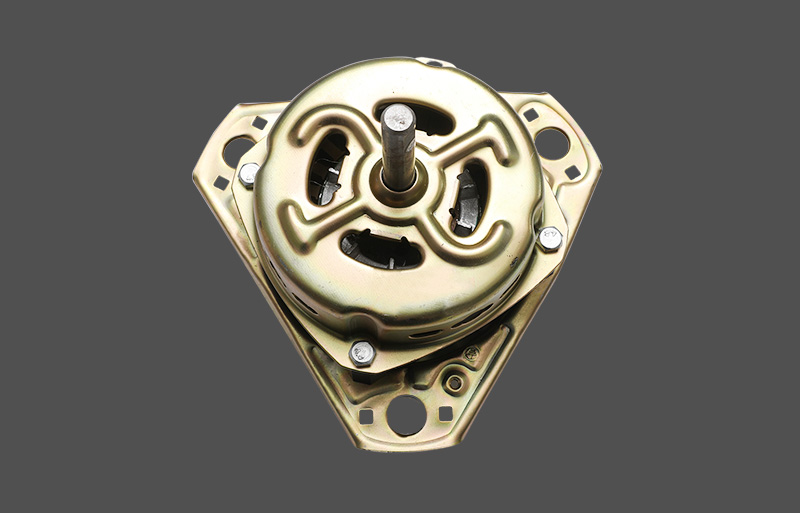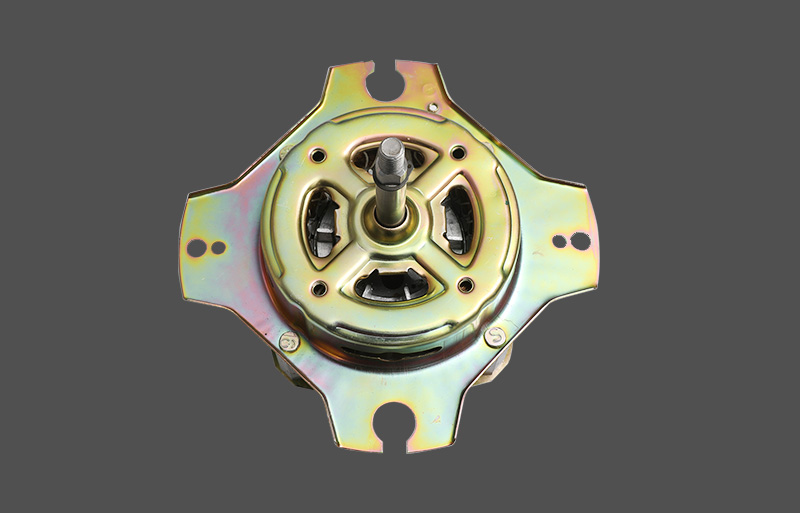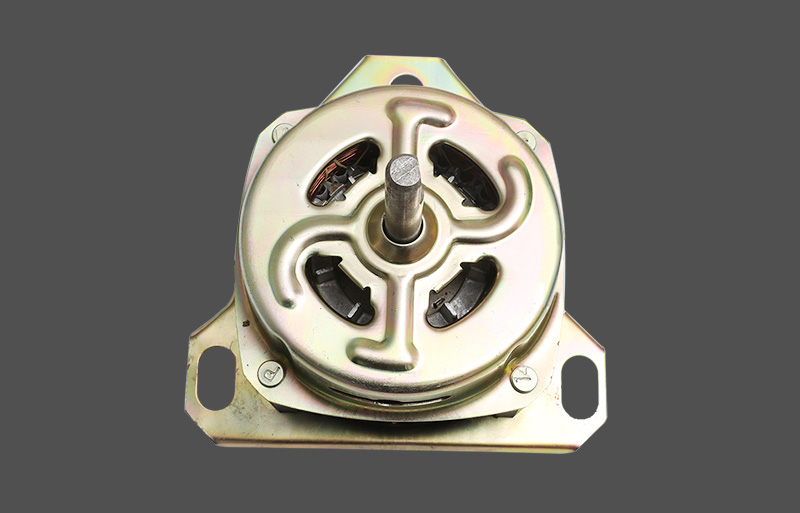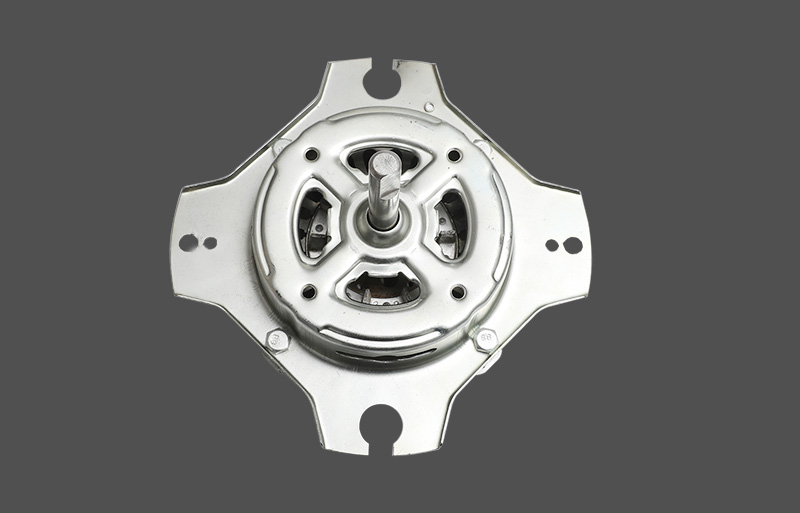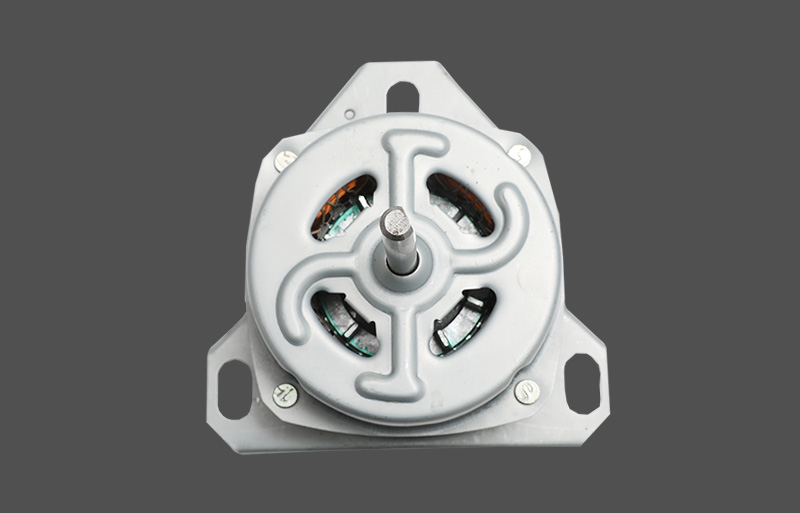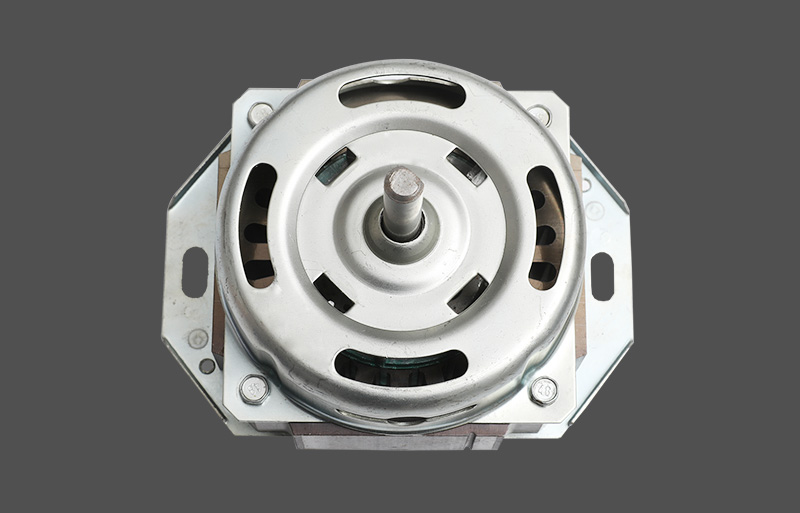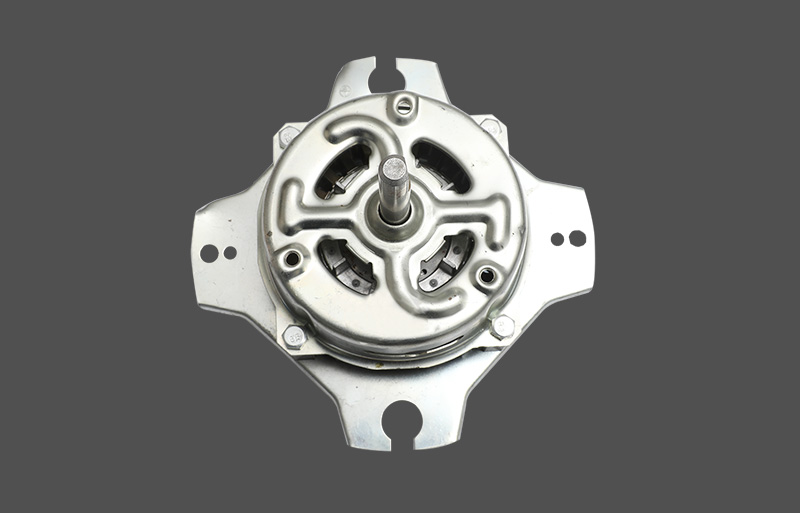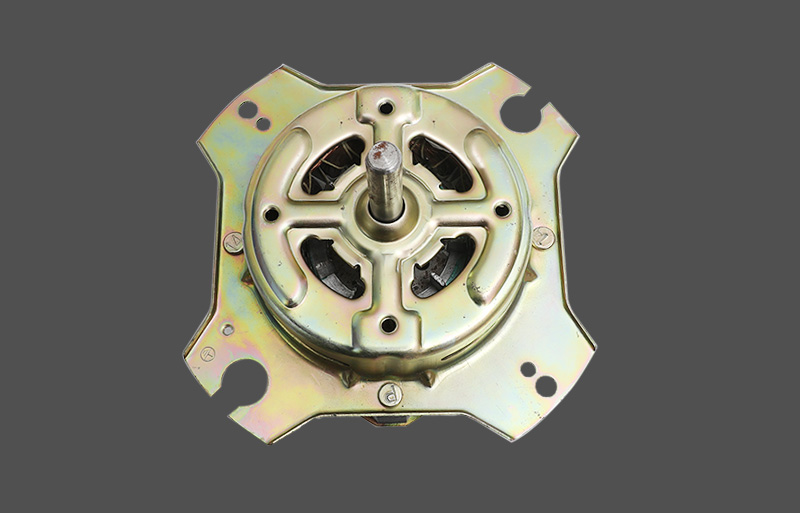Motor for spin machine achieve flexible adjustment for different textile processes in a variety of ways, mainly relying on the technical characteristics of the motor itself and its coordination with the textile machine control system. Most modern motor for spin machine use variable frequency control technology or intelligent control systems, which enables the motor to dynamically adjust its operating parameters according to different production needs.
Variable frequency motors are one of the key technologies to achieve flexible adjustment. Variable frequency motors can automatically adjust the motor speed and power output according to changes in load to ensure the best working state under different processes. For example, in the weaving process, the motor speed may need to be higher to provide sufficient power to support the operation of the loom; while in spinning or other more delicate processes, the motor can reduce the speed to ensure smooth and precise operation. Frequency conversion technology can be adjusted in real time according to actual needs without replacing the motor or manual settings, thereby improving operational flexibility and production efficiency.
The torque control function of motor for spin machine also helps to adjust according to the requirements of different textile processes. For example, in the weaving process, especially under high-intensity loads, the motor needs to provide a large torque to ensure the normal operation of the machine. Under light load conditions, the motor can reduce the torque output to reduce unnecessary energy consumption and mechanical wear. This precise adjustment of torque control ensures that the working parameters of the motor in each textile process can match the production requirements.
Another technology that achieves flexible adjustment is the application of intelligent control systems. Modern textile machines are generally equipped with intelligent control systems, such as PLC (programmable logic controller) and automation sensors, which adjust the working state of the motor by real-time monitoring of process parameters (such as temperature, humidity, fabric density, etc.). Intelligent control systems can automatically adjust the operating mode of the motor according to the changes in different processes, such as switching between different processes of the textile machine, adjusting the speed and load of the motor to ensure the best production effect. In this way, the operation of the motor is more precise and can adapt to complex and changing production environments.
The speed control of motor for spin machine can also be achieved through external devices, such as speed regulators and sensors. Sensors monitor the actual working conditions of the textile machine and feed back the data to the control system to adjust the operating state of the motor. For example, when the loom is running, the fabric tension is monitored in real time through sensors. When the tension is too large or too small, the system automatically adjusts the speed and load of the motor to maintain uniform tension of the fabric and avoid problems such as yarn breakage or uneven fabric.




